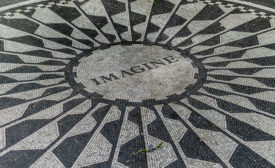Home » Keywords: » safety professionals challenges
Items Tagged with 'safety professionals challenges'
ARTICLES
Are you versed in industrial hygiene activities?
The need for health professionals is rising
January 10, 2019
Closing Time
What legacy are you leaving?
‘Next-gen’ pros need mentors & coaches
February 26, 2018
Become a Leader in Safety Culture
Build your knowledge with ISHN, covering key safety, health and industrial hygiene news, products, and trends.
JOIN TODAYCopyright ©2025. All Rights Reserved BNP Media.
Design, CMS, Hosting & Web Development :: ePublishing





